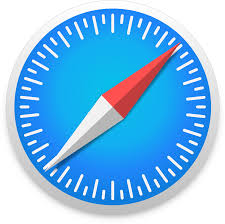HTML footer: Main Tips
- HTML
<footer>leaves a footer for its closest sectioning content or root element. - The
<footer>HTML element can also be used inside individual blocks in a web document (apart from web document's main footer content).

- Easy to use with a learn-by-doing approach
- Offers quality content
- Gamified in-browser coding experience
- The price matches the quality
- Suitable for learners ranging from beginner to advanced
- Free certificates of completion
- Focused on data science skills
- Flexible learning timetable

- Simplistic design (no unnecessary information)
- High-quality courses (even the free ones)
- Variety of features
- Nanodegree programs
- Suitable for enterprises
- Paid Certificates of completion

- A wide range of learning programs
- University-level courses
- Easy to navigate
- Verified certificates
- Free learning track available
- University-level courses
- Suitable for enterprises
- Verified certificates of completion
footer
<footer> HTML defines a footer in webpages. The <footer> in HTML contains generally repetitive content like contact details, authors' information, licenses, copyright information, etc.
Remember: the <footer> in HTML has no special attributes, but supports all global ones.
<footer>
<address>
Postal Address: Door No.00, Street, City, State, Country.
</address>
<p>Copyright © 2018 All rights reserved.</p>
</footer>Note: you should not use footer in HTML as a sectioning element. It does not add new sections to the outline.
Browser support

Chrome

Edge

Firefox

IE

Opera

Safari
Mobile browser support

Chrome

Firefox

Opera

 HTML
HTML  CSS
CSS  PHP
PHP  JavaScript
JavaScript  SQL
SQL  Bootstrap
Bootstrap  Solidity
Solidity  jQuery
jQuery  Git
Git  Chrome DevTools
Chrome DevTools  C++
C++  Python
Python 



